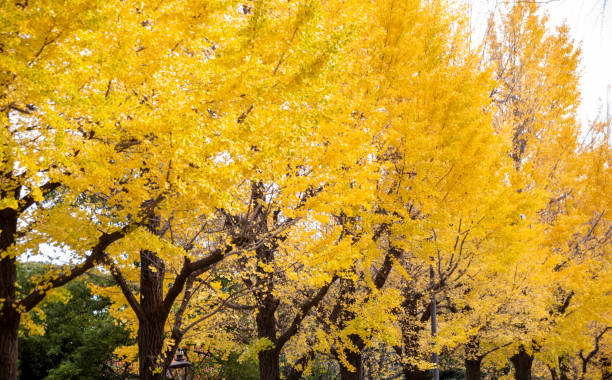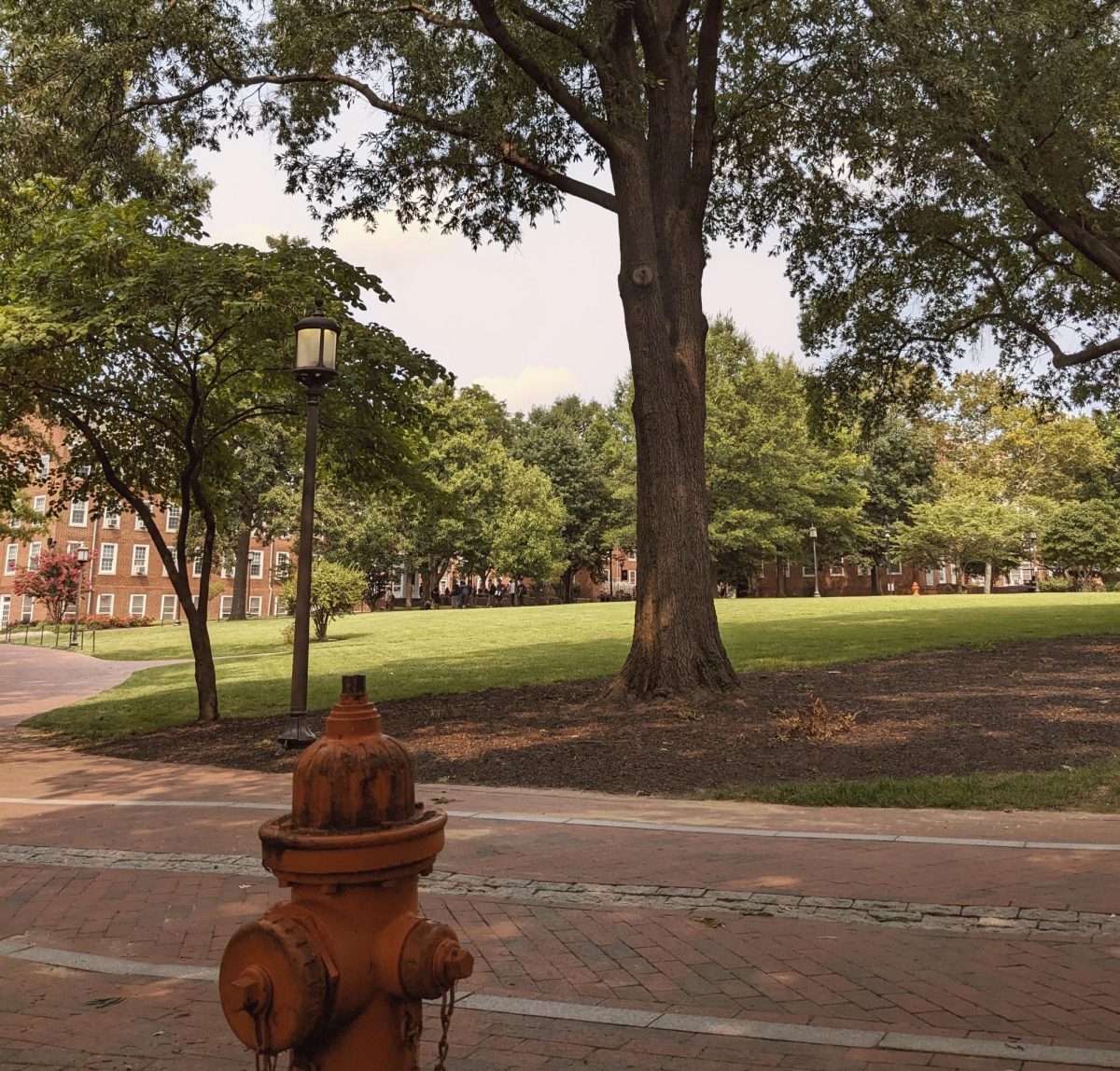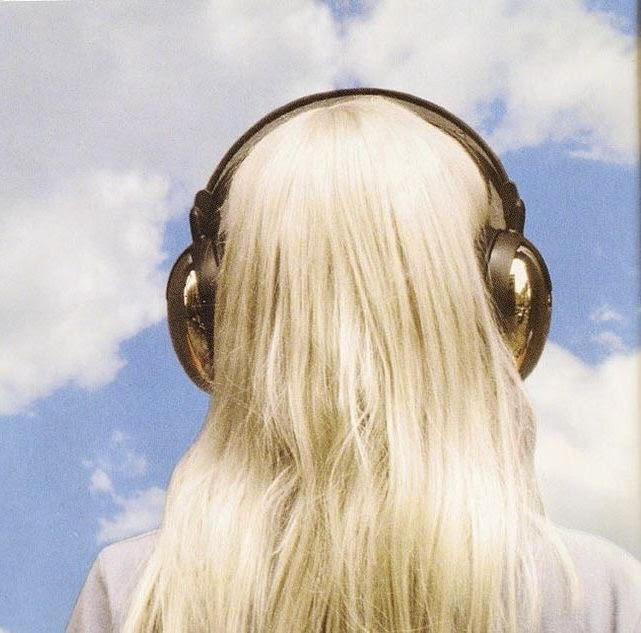The science behind seasonal depression helps us find ways to overcome it

More stories from Addie Woltil
A photo of the bleak winter we’ve been experiencing in Michigan right now
Every year as the leaves begin to fall, so does my mood.
At first, it’s simply the subtle changes of feeling drowsier than usual and finding my ability to focus increasingly inhibited. Eventually, it develops into not wanting to do anything except lay in bed and finding simple social interactions far more draining than they should be. Call it what you will: seasonal depression, winter burnout, or, more seriously, Seasonal Affective Disorder (SAD), which is a very fitting acronym. With its many names, it affects people throughout the winter months when the sky darkens earlier, and Michigan especially experiences this with an average of fewer than four hours of sunlight per day
Although feeling fatigued and sad during cold months may seem arbitrary and insignificant, there is actually data supporting the mood changes people experience from changing seasons. Each person has their own internal clock—also known as a circadian clock—that manages and regulates our sleep cues and repeats every 24 hours. Our internal clocks are based upon the sun’s light cycle, so during the darker winter months, our drowsiness stretches into the day because our internal clocks think it’s nighttime.
In a study done by Pfizer, they recognize the symptoms and cause of Seasonal Affective Disorder and look into the brain signals and melatonin regulation in our bodies that lead to SAD, “Our retinas have special cells called retinal ganglion cells (RGCs) that detect sunlight and send a signal along nerves to a part of the brain known as the suprachiasmatic nucleus, the timekeeper of our circadian rhythms…In the winter, as light cues become weaker, our body clock becomes misaligned, and melatonin secretion continues, tricking our bodies into thinking it’s still nighttime.”
While these may seem like trivial behaviors, they add up and can ruin a person’s mood; most of these go away during the spring when it’s brighter and warmer outside.
Most symptoms start in late fall to early winter and can include sleeping too much, low concentration, and losing interest in usually enjoyable activities. While these may seem like trivial behaviors, they add up and can ruin a person’s mood; most of these go away during the spring when it’s brighter and warmer outside.
I try to tell myself every year that it doesn’t really happen to me, and I don’t experience feeling dejected during the winter, but with the recent bright and warm days, I’ve been so much happier. The thing pulling me through the dreary winter is the hope and excitement for spring break and all of the activities I can only do in warm weather. So while I wait for the windy boat rides and melting ice cream, I will remain positive through the bleak, slush-filled days in expectation for summer.
Although the groundhog’s promise of six more weeks of winter is remaining true, finding happiness in the simplistic things is worthwhile and does wonders in boosting your mood. It might seem like a lifetime before spring as the days slowly pass by, but with patience, the days will soon be spent in the sun with friends outside of school. So stay optimistic and overcome the winter blues.

Addie Woltil is a sophomore entering her second year writing for The Central Trend. She is excited about another year of writing on staff and more to come....


























































































